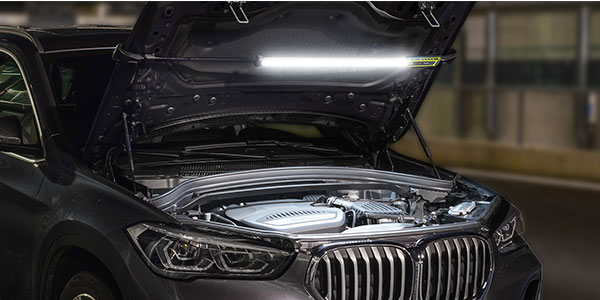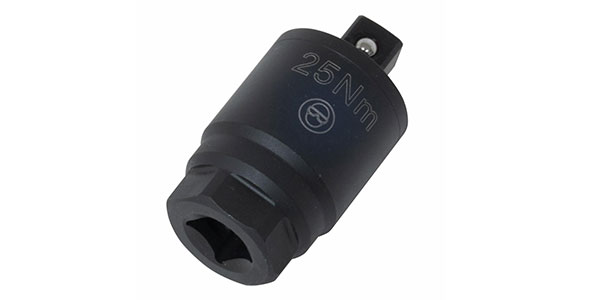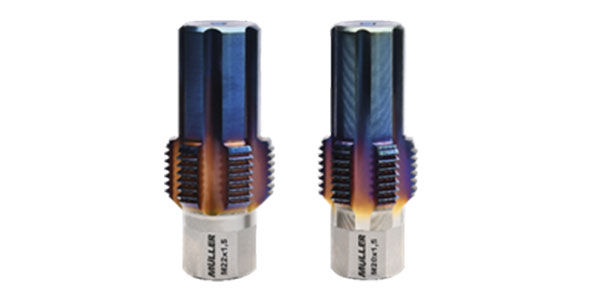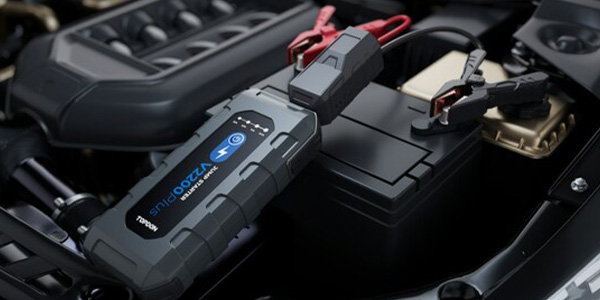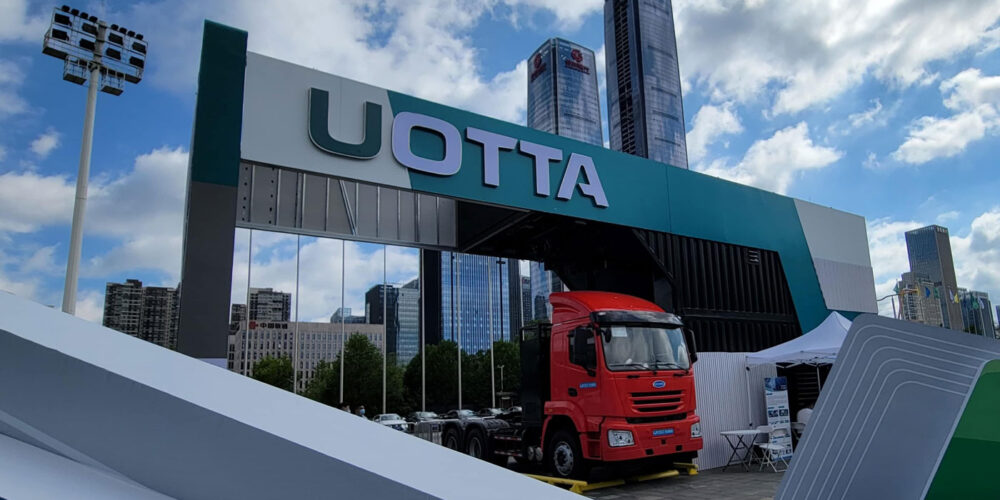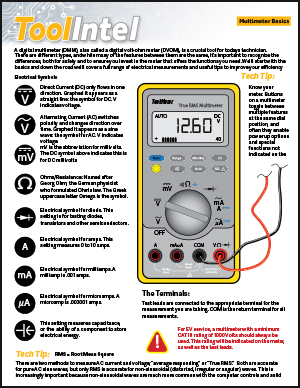By Gary Goms
Import Specialist
Although the humble thermostat isn’t generally considered to be a “high-tech” component, it continues to serve a number of very critical functions in the modern, computer-controlled import vehicle. To better understand these functions, let’s first consider that carbon and water are two major by-products of internal combustion that accumulate in an engine’s motor oil. Unfortunately, carbon and water combine with motor oil to form sludge inside the engine. This sludge not only gums up and corrodes piston rings, valve guides and hydraulic lash adjusters; but it also clogs oil pump screens and other internal lubrication passages in the engine, not to mention blocking the holes that drain oil from the cylinder head and engine block into the oil pan. Eventually, even a low-mileage engine can be destroyed by sludge accumulation caused by an inoperative thermostat.
CRANKCASE VENTILATION
Early in the 20th century, auto manufacturers realized that the only way to control sludge was to remove water from the crankcase oil. Because oil temperatures remain low during short-trip and low-speed driving, water condensation accumulates in the engine oil.
Pioneer engine designers began to realize that the only way to remove water from the crankcase oil was to raise engine-operating temperatures close to the boiling point of water. To accomplish this, engineers designed a thermostatically controlled valve (the modern thermostat) to block the passage of coolant into the radiator until the engine warmed up to operating temperature.
THERMOSTATS AND EMISSIONS
When exhaust emissions and corporate fuel economy became a concern in the 1970s, import manufacturers found that getting the cooling system up to operating temperature as quickly as possible was also one of the primary ways to reduce exhaust emissions and improve fuel economy. With coolant temperatures in the 180-195° F range becoming the industry standard, fuel refiners also began to formulate gasoline that vaporized most efficiently in this temperature range.
More to the point, emissions technicians find that many vehicles fail an emissions test because the vehicle hasn’t been “preconditioned” or warmed up enough to vaporize fuel in the intake manifold. Carbureted and throttle body fuel systems are particularly sensitive to preconditioning because the floor of the intake manifold runners must be warm enough to vaporize fuel droplets. When the intake manifold is too cold, a “wet flow” occurs along the intake runners, which causes poor cylinder-to-cylinder fuel distribution. When cold wintertime air lowers intake temperatures, the thermostat must increase engine-operating temperatures to the point that fuel vaporization takes place.
Consequently, most OBD I engine management systems “look” for the engine to warm up to a predetermined temperature during specific time limits and engine loads. When the engine fails to warm up, a diagnostic trouble code (DTC) may be stored in the computer’s diagnostic memory. In some cases, a thermostat failure may cause the malfunction indicator light (MIL) to illuminate.
THERMOSTATS AND COMPUTERS
Early OBD I computer systems depended upon the thermostat to increase engine operating temperatures to at least 160° F before the engine would enter into closed-loop, fully computerized fuel control. In cold weather, the engine might run as long as 15 minutes before entering into closed-loop fuel control. A stuck-open thermostat would cause the typical OBD I system to run rich, which de-creased fuel economy and increased exhaust emissions.
Modern OBD II systems differ because they use a heated oxygen sensor to place the engine into closed-loop fuel control. By using the O2 sensor or the more recent air/fuel ratio sensor for cold-engine fuel management, engineers have cut the time from cold start-up to closed-loop operation to as little as 15 seconds. Neverthe-less, the Powertrain Control Module (PCM) still uses the thermostat to determine warm up, trip and drive cycles, which are used to run OBD II’s diagnostic monitors and illuminate the MIL.
To briefly illustrate one example, an OBD II warm-up cycle requires the engine to achieve at least a 40-degree rise from the temperature present when the engine is started and must ultimately reach an operating temperature of 160° F. When “enabling criteria” like these are met, the OBD II system may begin to turn on specific diagnostic monitors that detect various malfunctions in the engine, transmission and emission control systems.
In at least one vehicle application, if the OBD II computer or PCM fails to detect an appropriate temperature increase, a P0116 DTC (engine coolant temperature range fault), P0117 (ECT circuit low voltage input) or P0118 (ECT circuit voltage high input) may be stored in the diagnostic memory and may cause the MIL to illuminate. In the reverse, the PCM may count the number of warm-up cycles initiated by the thermostat in order to turn off the MIL if the fault fails to reappear.
OPERATING PRINCIPLES
Current thermostat designs use a temperature-sensitive wax pellet that forces open a spring-loaded poppet valve to let hot coolant to pass through the thermostat opening. Several things must happen to drive the thermostat fully open. First, since air doesn’t have enough caloric content to heat the wax pellet, all of the air must be bled from under the thermostat. To do this, most thermostat manufacturers install a “jiggle pin” in the thermostat mounting flange or cut a small vent on the edge of the poppet valve to allow air to pass into the outlet hose.
Second, in order for the engine to warm up in a uniform manner, coolant must freely circulate past the wax pellet. To accomplish this, auto manufacturers build an internal coolant “by-pass” in the engine assembly or use an external hose by-pass between the water pump and intake manifold to allow coolant to circulate with the thermostat closed.
In some cases, manufacturers may use the vehicle’s heater hoses and heater core to circulate water through the engine block with the thermostat closed. When the coolant reaches the prescribed temperature, the wax pellet forces the thermostat open.
DIAGNOSTIC OVERVIEW
At the outset, it’s usually cheaper to replace an old thermostat than it is to diagnose potential thermostatic calibration errors. Using a non-contact, infrared pyrometer or temperature tester usually yields the most accurate calibration test results.
Since non-contact testers are sensitive to reflective surfaces, some incorporate a reflectivity adjustment. In most cases, spraying the housing with a small spot of flat black paint can eliminate reflectivity. The thermostat should be tested as the engine warms up so that the exact opening temperature can be recorded. Unfortunately, after the engine warms up, coolant temperature will be more dependent upon electric cooling fan operation than upon thermostat operation.
The most indispensable feature of a professional-grade non-contact pyrometer is the “min/max” feature, which records minimum and maximum temperatures. Simply sweeping the pyrometer back and forth over the thermostat housing will indicate its maximum operating temperature.
THERMOSTAT FAILURES
Obviously, thermostatic failure in the open position prevents the engine from reaching optimum operating temperature. Failure in a closed position results in a severe overheating condition.
Partial opening, lost calibration failures are clearly the most difficult to diagnose because coolant circulation, while still present, is measurably reduced. To illustrate, a radiator in good condition with an inlet temperature of 200° F will typically show about 130-140° F coolant temperature coming out of the radiator. Generally speaking, partially opened thermostats increase inlet temperatures and decrease outlet temperatures. Of course, it’s important to note that a faulty water pump impellor, clogged radiator or any other impediment to coolant circulation will cause the same temperature readings.
If the cooling fan temperature sensor is located in the radiator, a partially opened thermostat may cause the temperature sensor to not activate the fan relay due to reduced coolant flow past the sensor. Moreover, if the vehicle overheats on hot days or during long climbs in mountainous areas, a partially opened thermostat may be to blame.
WHEN TO SELL THERMOSTATS
Although thermostats are very reliable components, they do tend to lose calibration over a period of time and, in rare cases, suffer mechanical breakage. Consequently, a thermostat replacement is always in order whenever a major engine or cooling system repair is made. Moreover, remember that it’s often cheaper to replace a suspect thermostat than it is to spend precious diagnostic time trying to pinpoint a failure. In most cases, a quality replacement costs less than $10, which is a truly a cost-effective investment for repair shop and customer alike.


